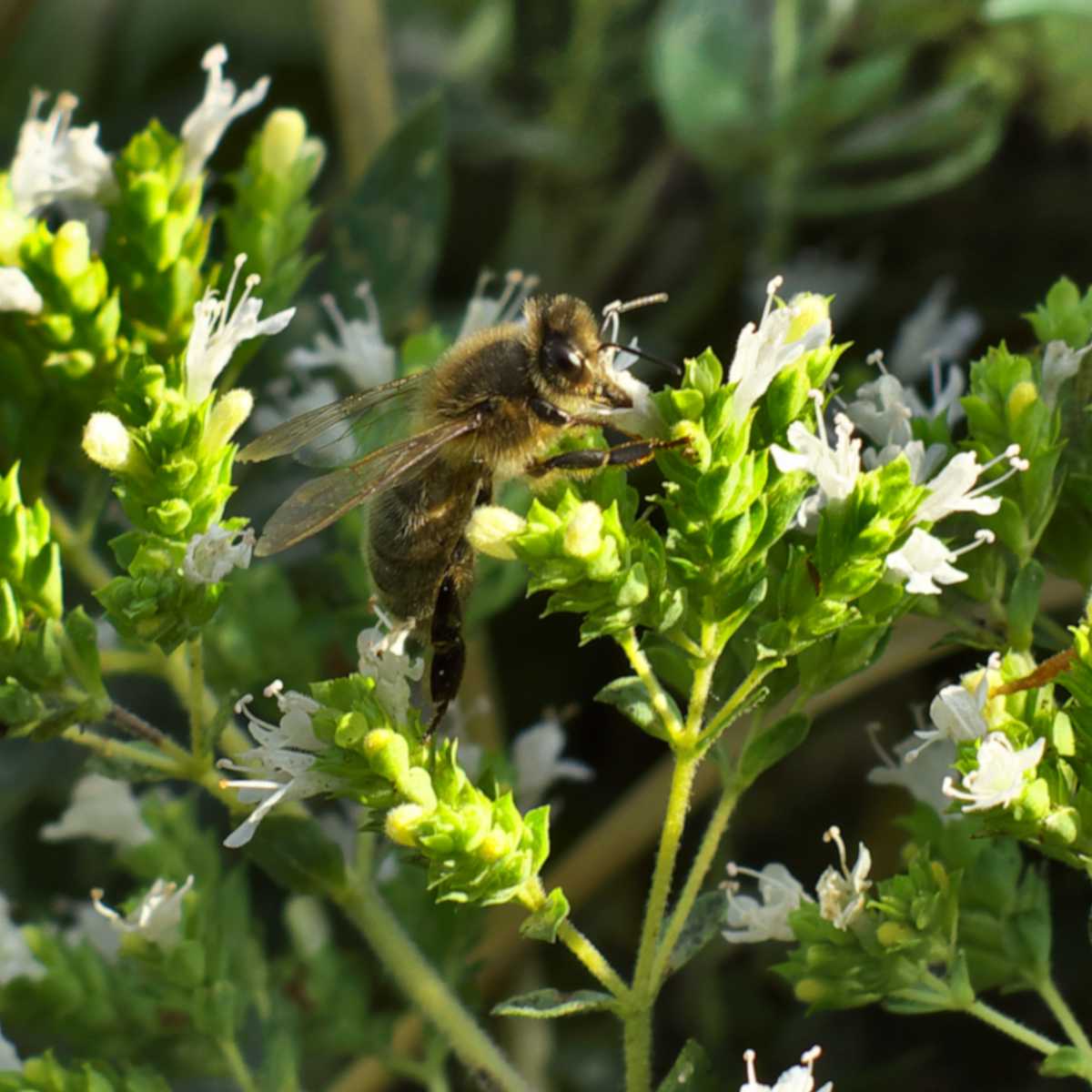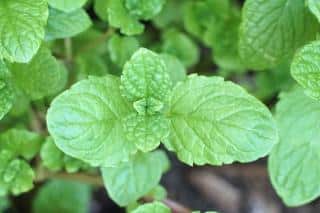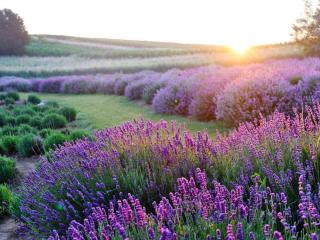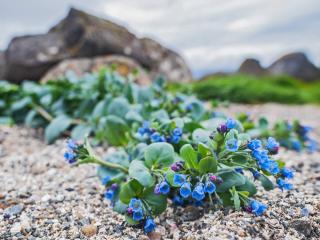Marjoram is a delicate strong-tasting herb, very fragrant and easy to grow. It is perfect to flavor meals.
Main Marjoram facts
Name – Origanum majorana and vulgare
Family – Lamiaceae
Type – herbs and spices, perennial
Height – 16 to 24 inches (40 to 60 cm)
Exposure – full sun
Sol – ordinary and light
Foliage – evergreen
Flowering – summer
Harvest – May to November
- Health: health benefits of marjoram
Sowing and growing marjoram
Sowing marjoram normally takes place at the very beginning of spring, towards March, in a sheltered place. You can transplant them in the ground at the end of the feasts of the Ice Saints, in the middle of May.
It is also possible to sow directly in the plot, either in the ground or in a garden box for herbs and spices, but wait for the middle of May to avoid late frosts.
Whichever is practiced, thin to 4 inches (10 cm) to let the most vigorous young plants develop well.
- Marjoram likes sun.
- Soil must drain well, be light and rather dry.
- Water in case of prolonged dry spells or heat waves.
- Never water in cold weather because marjoram cannot cope with being both cold and wet.
Harvesting marjoram and oregano
Grown as a spice, marjoram is appreciated for its very tasty leaves.
They are used both fresh and dried. They are often mixed with other herbs to multiply flavors and pleasures.
Pick your marjoram leaves when you need them.
If possible, pick them in the morning: that is when they are most savory and your harvest will retain more of the aromas.
About marjoram and oregano
Marjoram doesn’t like it when winter cold and moisture meet, so it is best to plant it on a small mound.
It isn’t all that hardy, and that is why even though it is a perennial, marjoram is grown as an annual.
Very tasty, marjoram is particularly well suited to dishes with gravy, and also marinades and pizzas when it is dried.
- The taste of marjoram is considered more delicate than that of oregano, which makes marjoram somewhat similar to thyme.
Oregano, from which the second name of marjoram derives, is less tasty than marjoram.
From a health point of view, marjoram seems to have antiseptic properties, can treat anxiety disorders, as well as sleeping or respiratory disorders.
- Health: health benefits of marjoram
Smart tip about marjoram
Its evergreen leaves make marjoram a perfect vegetable patch herb. You can also use marjoram along edges and in pots and garden boxes.
Learn more about herbs and spices
Credits for images shared to Nature & Garden (all edits by Gaspard Lorthiois):
Marjoram with bee by Fablegros under Pixabay license
Marjoram leaves by Markéta Machová under Pixabay license






I have a question
Ask my questionI'd like to comment
Post a commentNo comments yet – be the first to share your thoughts!